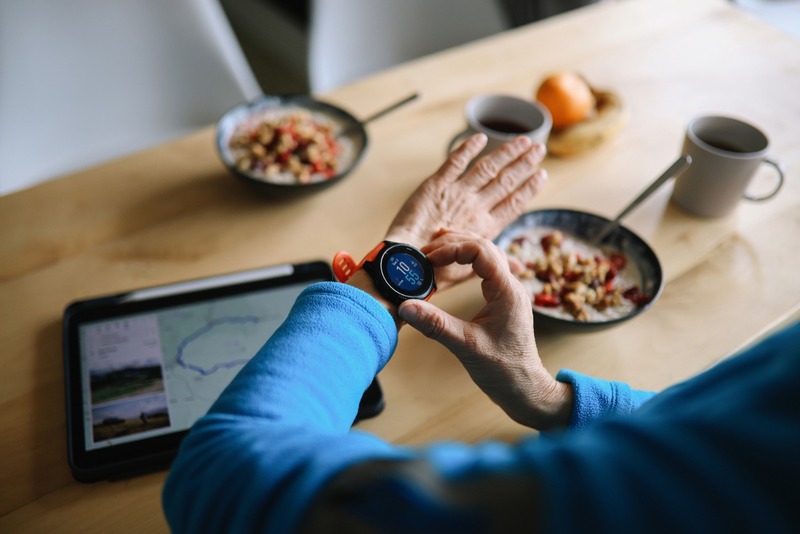News
7 Tips to Successful Meal Planning

Eating healthy doesn’t have to be complicated, and with a few key tips, advance planning can help ease the stress of what to eat this week.
“We all tend to make poor choices with our food intake when we are deciding what to eat on-the-fly,” said Dr. Eliza Klearman, Naturopathic Doctor and functional medicine provider at Vail Health Behavioral Health. “When we are hungry, tired, and rushed, we are going to opt for foods that are quick and almost always, not healthy.”
Here are 7 tips to to successful meal planning:
- Keep It Simple
- Eat a very simple breakfast every day, like yogurt, a smoothie or BaEgg.
- Keep lunches simple too by making enough dinner so that there are leftovers for lunch the next day. You can keep tuna, sardines, hard boiled eggs, grilled chicken breast, steak, or smoked or canned salmon on hand and pair this with a variety of raw vegetables that you like to eat for a quick lunch.
- Focus your meal planning primarily on dinners. Find recipes on blogs or in cookbooks that are 30-minute meals.
- Tip: a protein and a vegetable make a great meal!
- Have Go-To Meals
- Have a list of dinners that you are familiar enough with that you don’t need recipes. Perhaps grill a protein and add a side salad.
- There are an abundance of 30-minute meal ideas online.
- Check Your Schedule
- When planning out the week, be realistic about when you might eat out based on what your family calendar has going on.
- Base Your Grocery List on Your Recipes
- Write your recipes on one side of a piece of paper and your grocery shopping list on the other side for quick reference. This way you have all your ingredients on hand and you minimize food waste.
- Shop Your Own Pantry First
- Using your recipe/grocery list, check your pantry and cross off ingredients you already have on-hand.
- Loosely Assign Each Dinner Meal to a Night of the Week
- You don’t have to make each dinner in advance. Instead plan ahead and have the ingredients prepped for faster cooking night-of. Ex: defrost your meat in time for dinner.
- Prep Veggies and Fruits
- When you get home from the store, prepare all of the fresh, raw vegetables for lunch and snacks and put them into a large glass container.
- Wash fruits and put what can be stored at room temperature on the counter for easy grabbing.
- By making fruits and vegetables visible – they look so pretty sitting there in plain view- you will be more likely to actually eat them!
More News
-
New!
More

Keeping the Peace This Holiday Season: Tools for Handling Tense Moments With Care
Holidays may be joyous, but they often come with awkward moments, family dysfunction and difficult conversations.
-
More

First Chair to Last Call: What Does Alcohol Really Mean For Your Health?
In nearly every Colorado ski town, some iteration of the neon sign blares its play-hard-party-harder anthem. It’s a not-so-subtle nod to mountain party culture, a lifestyle that normalizes combining sports and outdoor adventures with heavy drinking and partying. In Eagle County, après culture, high-altitude living and outdoor performance have coexisted for as long as locals have been sliding on snow. But how much is too much at altitude? And what role do social support systems play in helping residents find balance?
-
More

Counting More Than Steps: How Wearables Can Help (or Hinder) Your Health
From step counts to sleep stages, heart rate variability to blood sugar spikes, wearable devices are giving us a front-row seat to what’s happening inside our bodies. Strapped to wrists, slipped onto fingers or wrapped around our biceps, wearables like the Oura Ring or Whoop strap promise insight and advice in the quest for better health.





